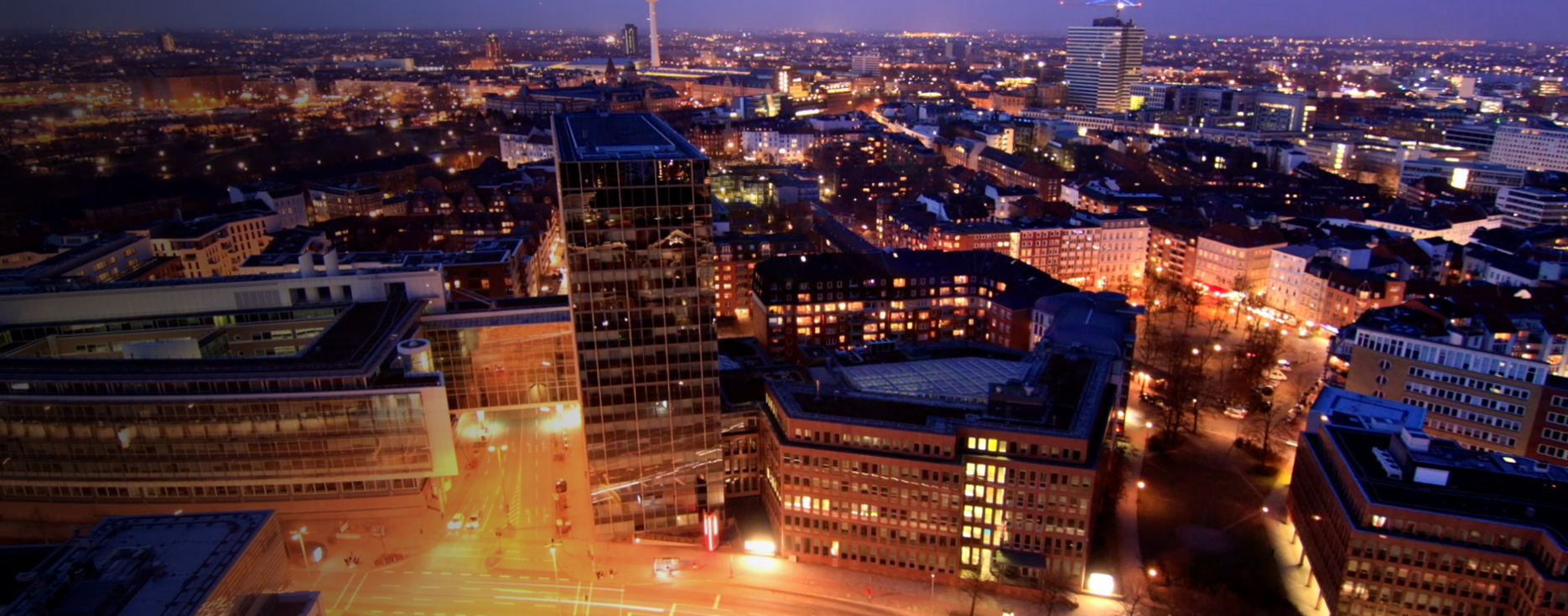Longvolt Energy invites you to learn together: how to choose IP65~IP68 outdoor lamps?
Introduction: For outdoor lighting industry, waterproof is past, present and future has been explored and discussed.
So how deep do many outdoor lighting practitioners know about this topic? Many people believe that the higher the waterproof grade is, the more powerful the product will be, and the higher the technical level of the product will be. Some manufacturers will mark themselves with IP68 as a technological breakthrough. Many owners, demanders and even lighting designers subconsciously ask how much waterproof grade they have when they encounter outdoor lighting products. Its consciousness is also that the higher the waterproof grade, the better, the safer. So, is this really the case?
Let's talk about that today.
Speaking of this topic, first of all, we still start from the principle, first make clear the waterproof standards and conditions. According to the national standard GB 4208-2008 and the international standard IEC60529-2001, IP is a coding system code, used to indicate the shell for external solid targets and water entry protection level, and give the corresponding clear information.
The first number in IPXX refers to the information about the entry level of the solid target to the chassis. The IP6X discussed here is already the dust sealing level, which is the highest protection level of the solid target, and it does not need to be expanded in detail. The second digit of IPXX refers to the level of information that water enters into the chassis. The specific level information is defined in Figure 1 (for convenience of reading, the first digit of IP in the following text is marked with 6). Waterproof grade of outdoor lighting products is commonly used as the starting point of IP65. Today, we focus on the difference between IP65-IP68.
As can be seen from the definition in Figure 1, the waterproof of IP65 and IP66 belong to the same protection level, both are pressurized water spray; IP67 and IP68 are waterproof grade, the grade is relatively extended up a level.
Although IP67 and IP68 belong to the same level, from the definition and testing methods (see Figure 2), it is easy to find that there are quantitative standards from 1 to 7, but there is no quantitative standard for 8.
In a broad sense, the waterproof requirement of IP68 is a dynamic value, and the waterproof grade requirement can be agreed by both parties through negotiation, but the overall requirement is stricter than that of IP67.
At this point, a lot of people are asking, what about the product that marks the IP68, and if there is no standard, how do the IP68 test reports come from? This is a very good question. Although IP68 is a dynamic value, it still has interval standards, and the detection report must also have quantitative standards. Range values are usually obtained from 1 m to 50 m using a deepwater testing machine. In recent years, some submersible devices have increased this value to 500 m, although most products have depths greater than 50 m
After losing reference significance, as for the middle is required how many meters of water depth depends on the agreement of both sides.
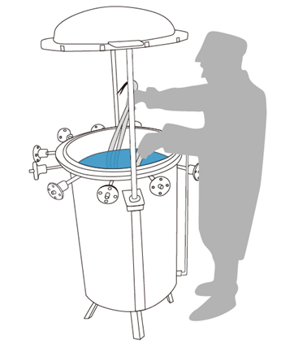
What about the ones that mark IP68 and issue test reports? This is also very simple. Our lighting products are provided to the testing institution, and if the water immersion lasts for 30 minutes at a depth of 3 meters, there is no harmful effect on the lamps, so the test report can be issued to you. Compared to IP67, IP68's reporting conditions are much easier, and even many IP66 products pass the test. As such, it's up to you to judge how much of a reference this report is to your actual use scenario.
2、How to choose the appropriate protection level
Now we figure out the definition and standard of IP65-IP68 outdoor waterproof grade, for our manufacturers, how to identify the waterproof grade of their products, what kind of grade should be appropriate? We analyze it from many aspects. First of all, outdoor lighting products, especially outdoor lighting products with intelligent control, are an assembly product containing "light", "machine", "electricity", "heat" and other aspects. Their complexity is higher than most electrical products, not a simple combination.
In waterproof performance, the most mainly reflected in the design and treatment of the mechanism, and the design direction and goal of the mechanism, will directly affect the "hot" treatment. The higher the waterproof level is, the higher the difficulty of the corresponding heat treatment, the higher the production process requirements will be, of course, the cost will increase accordingly, so it is not the higher the waterproof level is, the better, but the most important to do the corresponding demand level.
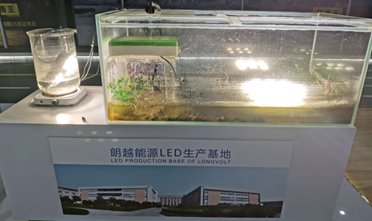
Longvolt Energy solar street lamp waterproof and heat proof demonstration
Outdoor lighting products see the most waterproof grade is IP65 and IP66, these two waterproof grades have covered most of the outdoor lighting application scenarios.
The vast majority of IP65, IP66 grade products are 3-4 structural combination products, the shell is mostly metal, plastic, acrylic, glass and PC and other materials, waterproof key is to cover all the electronic and connecting line part with resin or silicone. The defect is that the optical impact of the product is particularly large, the flatness of the glue cover is relatively high, some products after two optical changes, the color may go to more than 50%, and the brightness is also greatly reduced. There are also many manufacturers in order to avoid gluing and launched a physical waterproof structure, the use of two kinds of high density materials with rubber pads and other materials in the middle of the physical pressing. Although it reduces the impact on optics, it has high requirements on the strength and smoothness of the pressing. Besides, the expansion coefficient and deterioration rate of different materials are different, so that pure physical structure waterproof products are suitable for outdoor use for a long time, or relatively difficult.
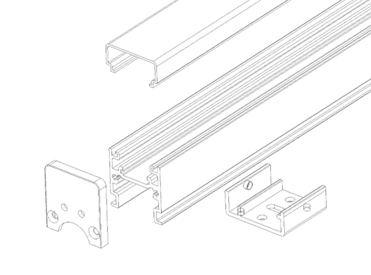
4 times structure combination products
It is relatively easy to achieve IP65 or IP66 grade for 3-4 structural combination products with glue coverage, but with the fine differentiation of application, many application scenarios begin to fine differentiation, and the waterproof grade requirements are correspondingly improved. Many of our manufacturers began to work hard on the mechanism design, one aspect is to make the mechanism level and the process of glue cover many times, on the other hand is to simplify the structure combination, and even began to appear the integrated shell products. So there are many identification IP68 products on the market, such as IP68 projection lamp, line lamp, wall washing lamp and point light source. To be precise, IP68 refers to the definition of underwater application class, which means that the product is installed and used in water.
Secondly, which level of IP68 has been achieved for products that have achieved IP68? Is it 10m or 50m deep? For a product with a grade of IP68-10 meters or more, its internal sealing grade is very high, and its water molecules can not enter the environment. It can be imagined that its conditions for heat conduction and heat dissipation will be extremely harsh. If this kind of product is used in the air heat dissipation environment, it is very deadly, equivalent to starting from a lamp, every day to do accelerated aging.
From a macroscopic point of view, the combination of the two structures of our products is quite close, but in the size of the micro molecular structure, especially in the thermal temperature difference, this close combination will be enlarged. Of course, there are a lot of people here who say I'm all-in-one, IP68 and have no problem using it underwater. In the market, we do not see integrated lighting products with high density storage, such as metal or even plastic. After all, lighting needs to produce light. The vast majority of integrated lighting products are PVC, PU or SILICONE rubber products. The density of such glue is mostly about 1.2, roughly equivalent to water, and the size of its molecular structure is also roughly equivalent, while the lamp is a heating energy consumption is greater than the luminous energy consumption, and the junction temperature of the light source LED can go to more than 100 degrees. When the lamp is lit for a long time, the body of the lamp also begins to expand, thereby enlarging the molecular structure. Water molecules are easier to enter the internal space through the body. Moreover the element in water is very complex also, wait like hot spring, swimming pool to contain a lot of chlorine element, produce chemical reaction with glue easily kind product.
3.How to choose the appropriate protection level
The above is from the point of view of the producer to analyze the waterproof grade, so the following we from the point of view of application, we should choose what waterproof grade of lamps and lanterns in different occasions? I believe that you will not blindly pursue IP68 grade lamps, after all, the water application scene is relatively few, even if can pass IP68 grade does not mean that can be directly used underwater. Even if you want to use, you only need to do a good job of secondary protection, with ordinary IP65 or IP66 or even IP67 grade lamps and lanterns can be installed.
Apart from the application scenarios of IP68 waterproof grade, we only have three application scenarios of IP65, IP66 and IP67. From the definition of the three, it can be divided into two major application scenarios, that is, IP65 and IP66 are used in doused water application, and IP67 is used in clearance water immersion site.
Application scenarios of IP65:
All outdoor lighting direction down, tilt Angle is not more than 15° independent lamp application, can choose IP65, of course, here requires IP65 lamps do not exist in the top surface elevation Angle of 15° structural combination surface, if there is, it requires IP66 grade. Street lamps, searchlights, projection lights, etc., can be identified as such application scenarios. These lamps often have high power, and IP65 grade is more conducive to heat conduction and heat dissipation of lamps.
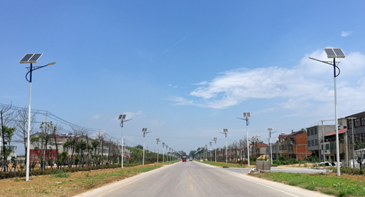
Application scenarios of IP66:
IP66 waterproof grade lamps shall be used for independent lamps with all outdoor lighting facing upwards, or for single-side secondary contact application scenarios with an inclination Angle of more than 15°. Most landscape lighting applications, such as buildings, Bridges and trees, can fall into this category, as well as wall washers, line lights or point lights.

Line lamps for buildings
Application scenarios of IP67:
IP67 waterproof lamps are recommended for all outdoor buildings with 1 meter or less gap water-soaked ground, waterfront and embedded building facades. Be like ground flowerbed, footpath, ladder, water bank washes a wall, cast light and baluster, the line lamp that inlays building and point illuminant wait inside, can classify at this. IP68 waterproof lamps should be negotiated for special ground buildings with water immersion over 1 meter gap. When choosing IP67 or IP68 grade lamps and lanterns, we must pay special attention to the thermal conductivity and heat dissipation performance of lamps and lanterns. It is often easy to do the waterproof grade, and the thermal conductivity and heat dissipation of lamps and lanterns is the test of the manufacturing level of manufacturers.

surface structures
To sum up, users can easily find their IP6X grade products by distinguishing waterproof grade requirements according to application scenarios; Manufacturers can also provide corresponding IP grade lamps according to application scenarios, and define product waterproof grade positioning according to their own market direction. For both demanders and suppliers, the most important thing is to choose the right products and use them in the right places. Don't blindly believe in data grades, and don't think that expensive ones are good. More industry knowledge, Longvolt energy invites you to share, learn and grow together!


